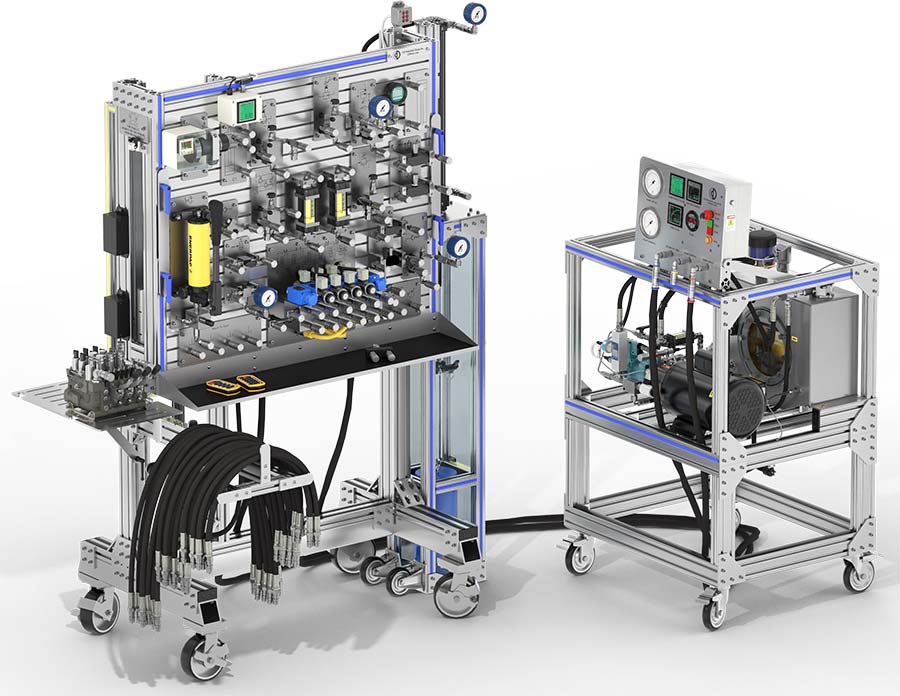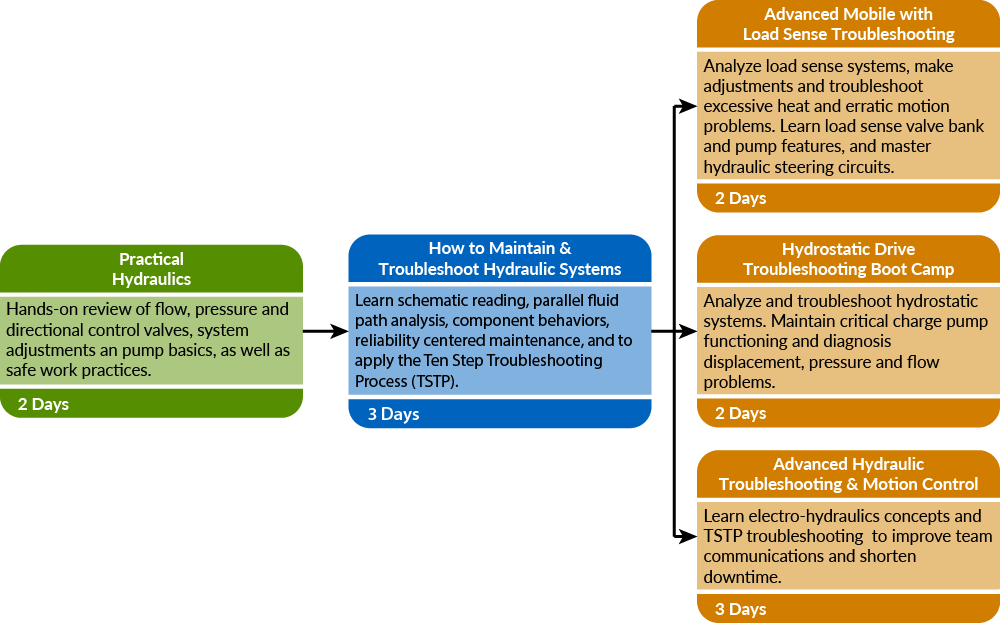The animated systems are great! A good course to take to understand load sensing systems. A five out of five!Steve B., Deas Pacific Marine
Load Sensing Theory
Objective: Explain the principles of load sensing (flow compensating) systems
Activity: Predict fluid and component behaviours in load sensing systems
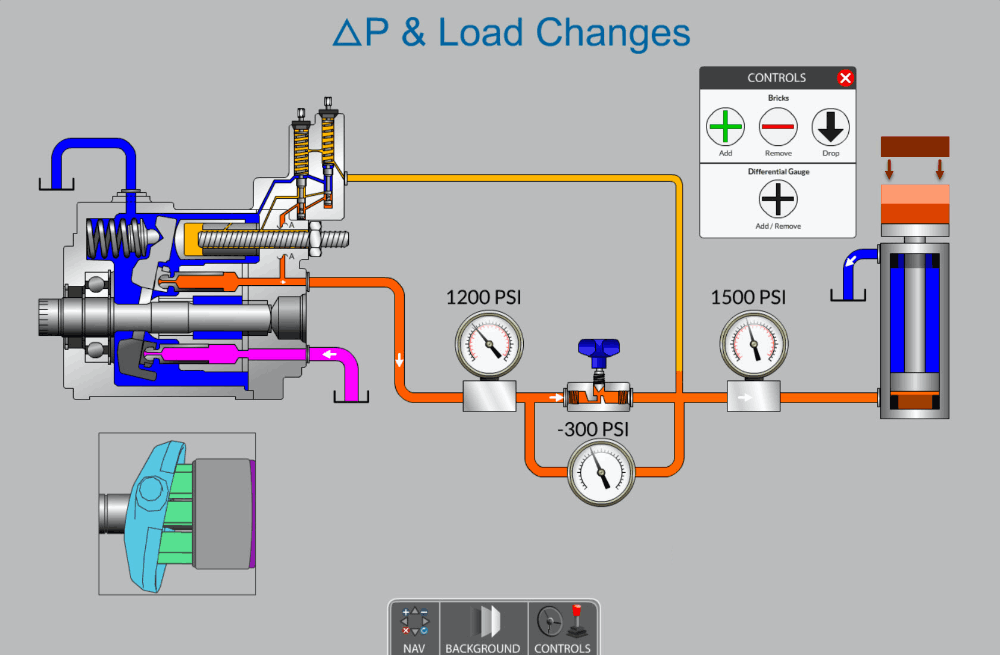
What does it mean to "sense the load"? Find out in this course.
This course is the way of the future in training and diagnosis.Eymard K., Syncrude
Load Sensing Systems Design
Objective: Analyze the major system components and their relationships
Activity: Build up and adjust a load sense hydraulic system on a learning panel
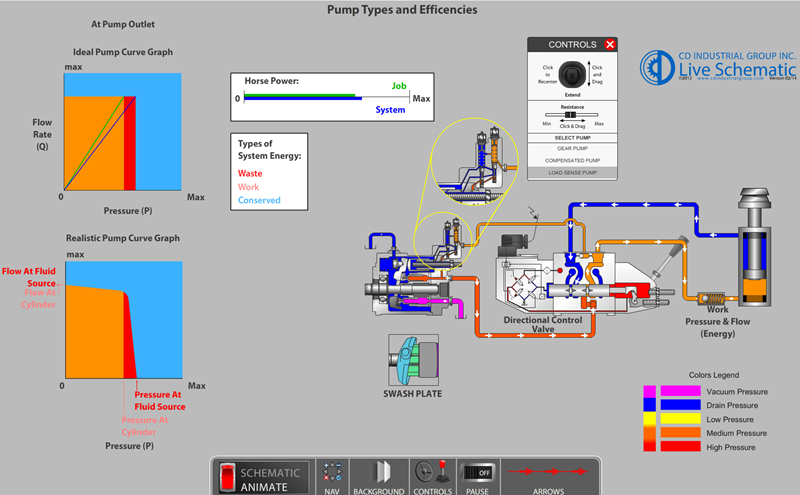
Prove the energy efficiency of a load sense system.
Load Sensing Directional Valves
Objective: Explain the features of common load sense proportional directional valves
Activity: Interpret catalogue data to determine valve port, functions/features
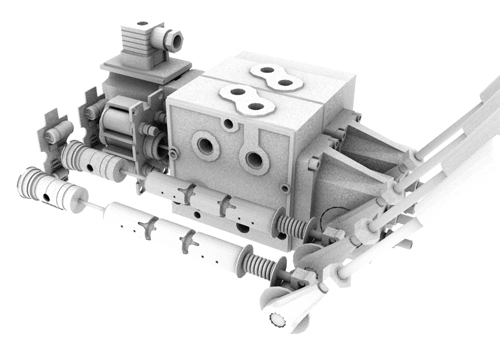
Master electric/electronic-over-hydraulic valve piloting
Load Sensing (Flow Compensating) Pumps
Objective: Identify pump compensator connections and functions
Activity: Determine pump control response to various machine load scenarios
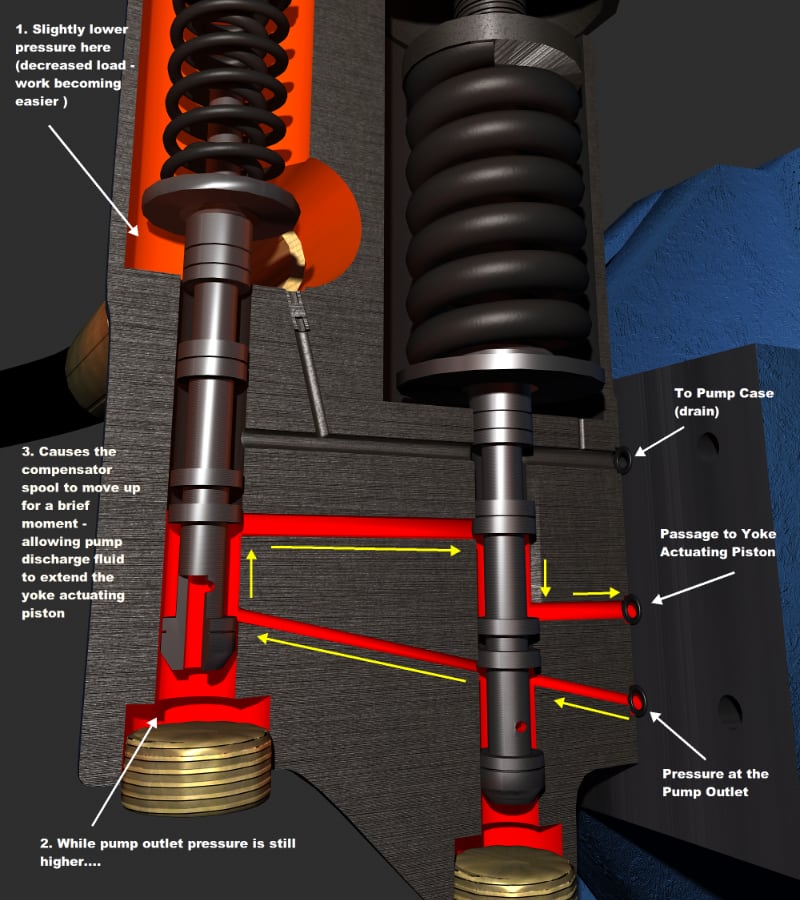
The compensator connections and functions, and the pump's response to load conditions
Flow Stabilizing Function
Objective: Describe how load sense systems regulate flow
Activity: Predict pump response to prime mover RPM variance
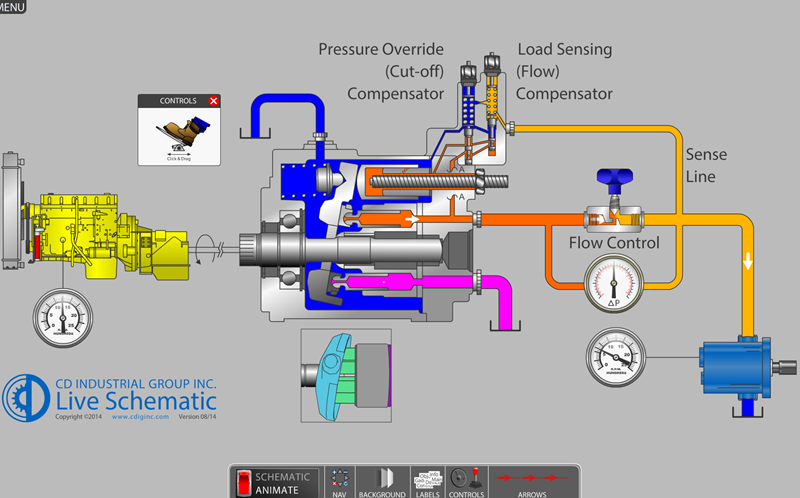
Find out how the system responds to fluctuating speeds at the prime mover
Mobile Priority Valves
Objective: Identify priority valve features and ports
Activity: Sketch a diagram that shows how to favour machine steering above all other functions
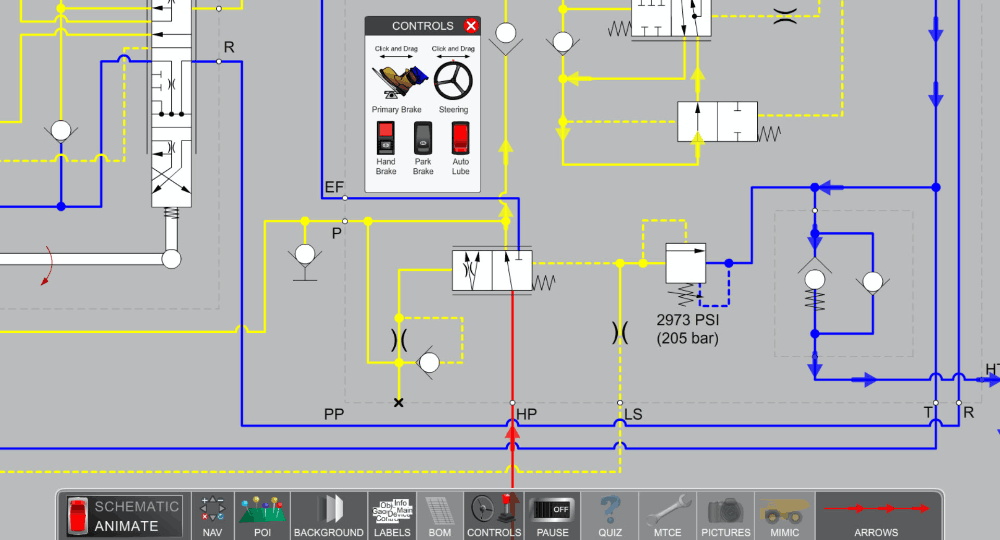
The priority valve watches for pressure drops that threaten steering and brakes. Find out how this works!
Specialized Pressure Control Valves
Objective: Analyze the function of combination pressure control valves
Activity: Describe the responses of pressure controls and the signals to the pumps
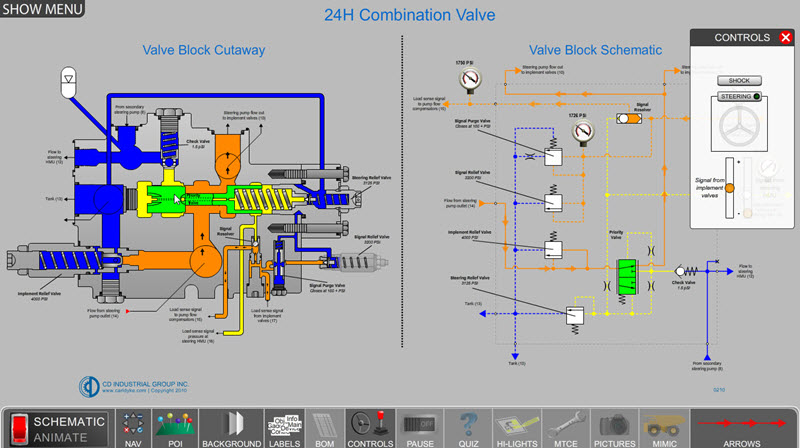
Find out why standby pressure at idle may be higher than the load sense margin pressure
Mobile Steering Valves
Objective: Explain steering valve functions
Activity: Determine potential internal leakage paths in steering systems
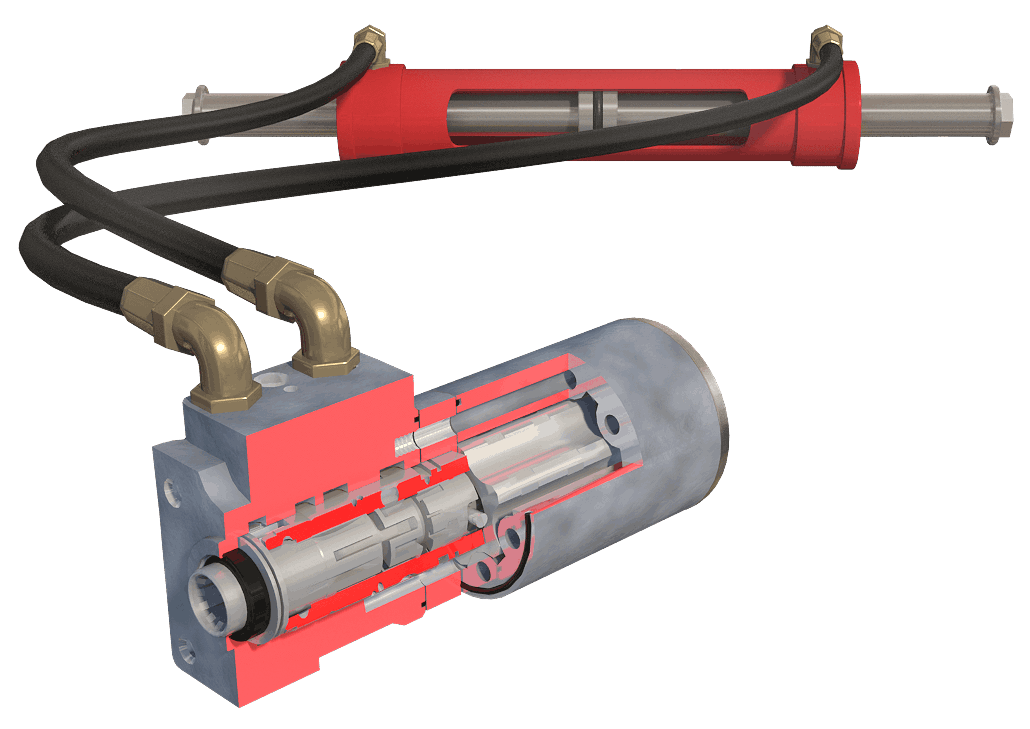
Learn it cold! How the orbitrol/hand metering unit (HMU) proportions a precise amount of fluid.
Circuit Troubleshooting
Objective: List common faults and remedies in load sense circuits
Activity: Diagnose faults on simulated systems and list the causes
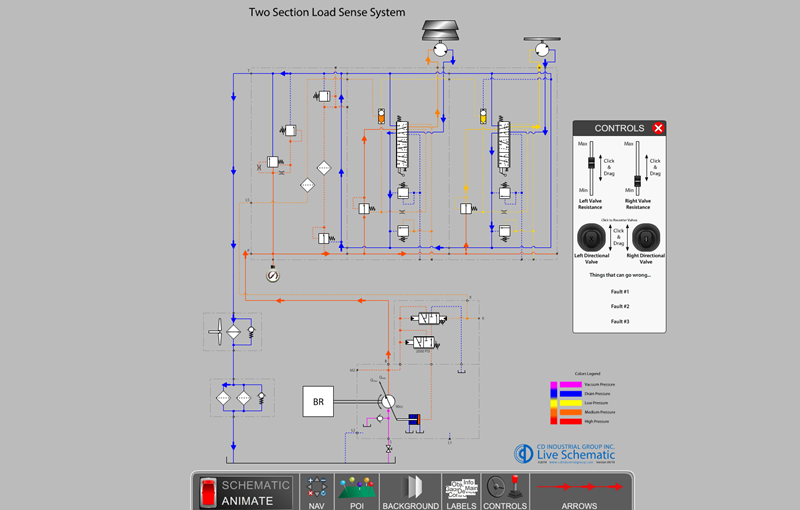
Common faults and remedies in load sense circuits
Safety
Objective: List common hydraulic hazards and safe procedures
Activity: Determine procedures for safe work on hydraulic systems
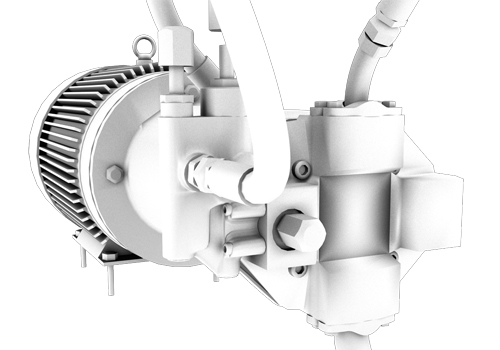
Procedures for safe work on hydraulic systems
I now have a better understanding of a load sense system and a more methodical way to troubleshoot. Presented in a clear manner, and both instructors had a lot of experience and knowledge. I can't wait for the next course.Doug R., Syncrude

